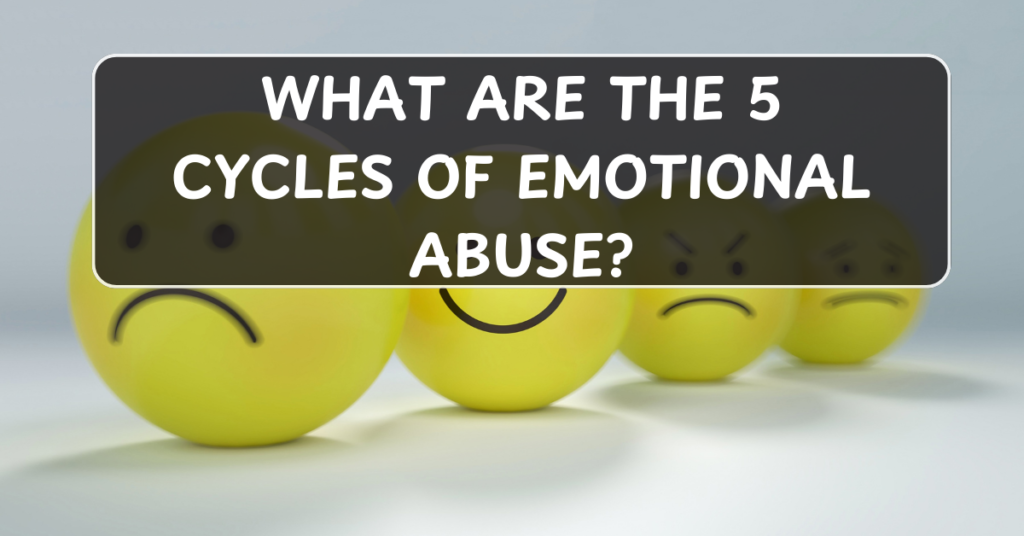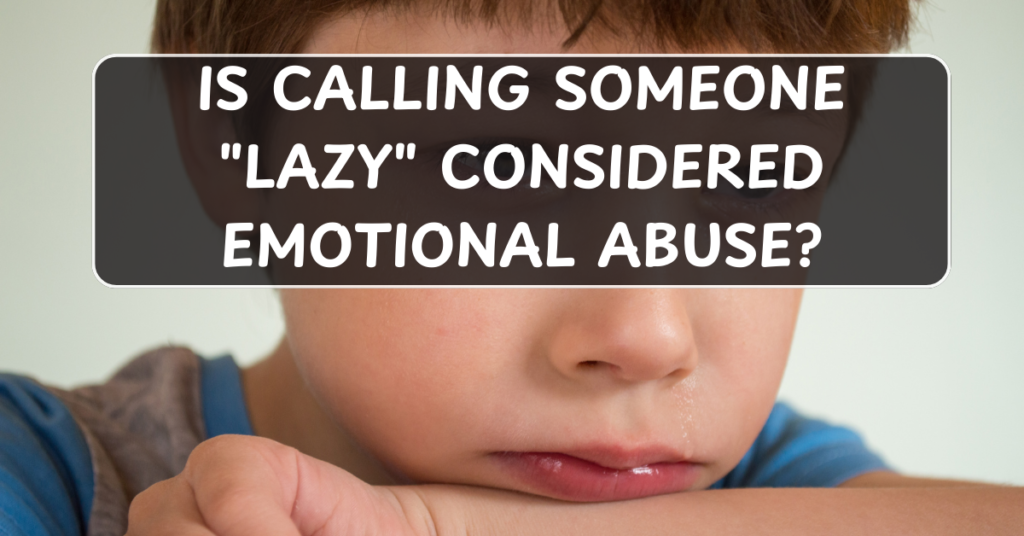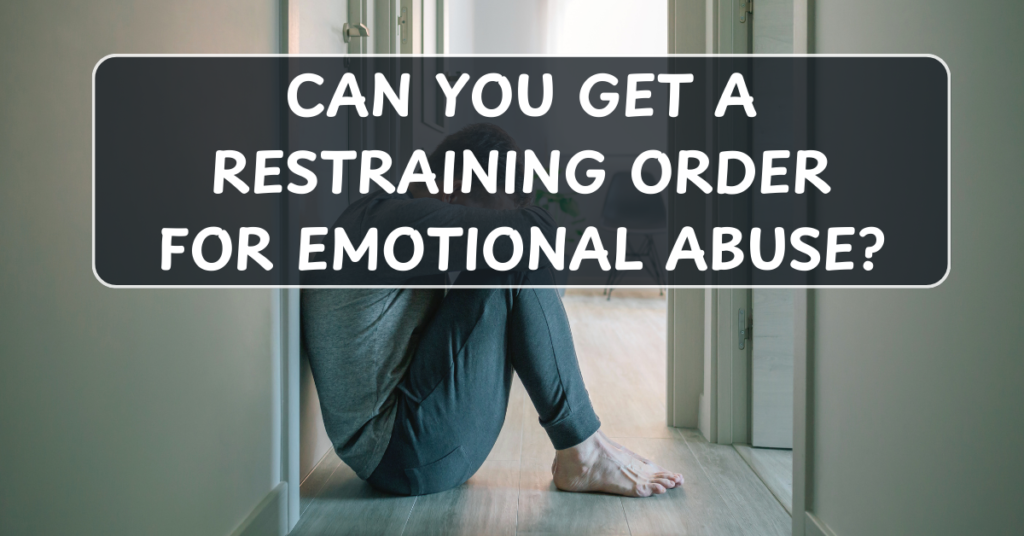
Emotional abuse often follows a predictable cycle that traps victims in a repeating pattern of manipulation, pain, and temporary relief. Understanding the five common stages of this cycle can help individuals recognize abusive relationships and take steps toward breaking free.
1. Tension Building
This stage sets the foundation for the cycle of abuse. It is characterized by increasing stress and conflict within the relationship.
Signs of Tension Building:
- The abuser becomes irritable, critical, or moody.
- The victim may feel like they are “walking on eggshells” to avoid triggering an outburst.
- Communication becomes strained, with subtle insults or passive-aggressive behavior surfacing.
Victim’s Response:
- Attempts to pacify the abuser or anticipate their needs.
- Heightened anxiety or fear of confrontation.
>> This Emotional Abuse Recovery Workbook Is So Helpful – Click Here to Check It Out <<
2. The Incident
This is the phase where the abuse manifests in a clear and undeniable way. Emotional abuse can range from harsh criticism to outright verbal attacks and manipulation.
Types of Abusive Behavior:
- Name-calling, insults, and belittling.
- Gaslighting or making the victim question their reality.
- Emotional withdrawal or giving the silent treatment as punishment.
Impact on the Victim:
- Feelings of humiliation, confusion, or worthlessness.
- Increased isolation from friends and family due to shame or fear.
3. Reconciliation (The “Honeymoon” Phase)
After the abusive incident, the abuser may attempt to repair the relationship by offering apologies or making gestures of affection.
What Happens in This Phase:
- The abuser may apologize profusely, promise to change, or blame external factors for their behavior.
- Gifts, compliments, or acts of kindness are used to regain the victim’s trust.
Victim’s Response:
- Hope that the abuse will end.
- Renewed investment in the relationship, believing the abuser’s promises.
4. Calm (False Peace)
In this phase, the relationship appears to stabilize. However, this period of calm is often superficial and temporary.
Characteristics of the Calm Phase:
- The abuser may behave lovingly or avoid conflict altogether.
- The victim may feel a sense of relief and optimism, believing the worst is over.
Reality Check:
- Underlying issues remain unaddressed.
- The cycle is likely to repeat unless significant change occurs.
>> This Emotional Abuse Recovery Workbook Is So Helpful – Click Here to Check It Out <<
5. Return to Tension Building
Over time, unresolved tensions resurface, and the cycle begins again.
Why It Happens:
- The abuser may feel emboldened by the victim’s forgiveness or silence.
- Patterns of control and manipulation are deeply ingrained.
- Without intervention, the abuser’s behavior escalates, creating a worsening cycle of abuse.
Breaking the Cycle
For the Victim:
- Recognize the Pattern: Awareness is the first step toward change.
- Seek Support: Talk to trusted friends, family, or professionals.
- Set Boundaries: Clearly communicate what behavior is unacceptable.
- Consider Leaving: If the abuse continues, prioritize your safety and well-being.
For the Abuser:
- Acknowledge the Problem: Admitting abusive behavior is crucial.
- Seek Professional Help: Therapy or counseling can address underlying issues.
- Commit to Change: Breaking abusive patterns requires consistent effort.
Conclusion
The cycle of emotional abuse traps victims in a repetitive and harmful pattern, making it difficult to break free. Understanding these stages can empower individuals to take steps toward healing and escaping abusive relationships. If you or someone you know is experiencing emotional abuse, reach out to a counselor or hotline for guidance and support.


